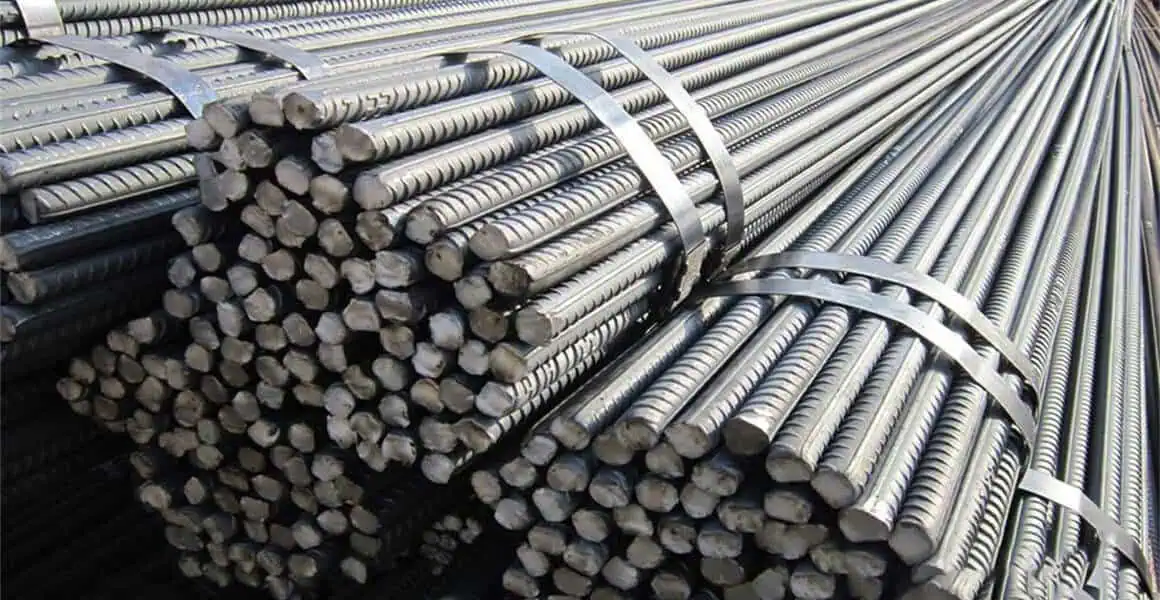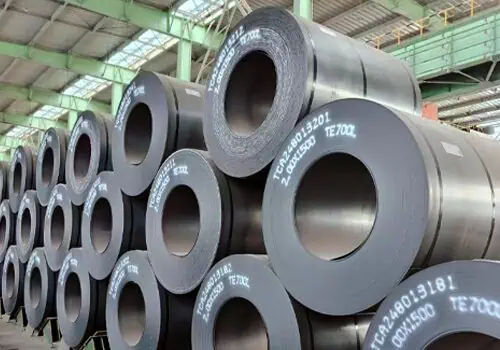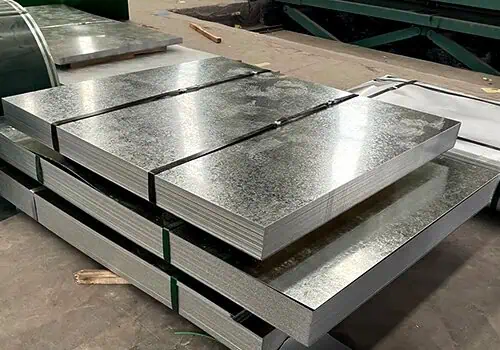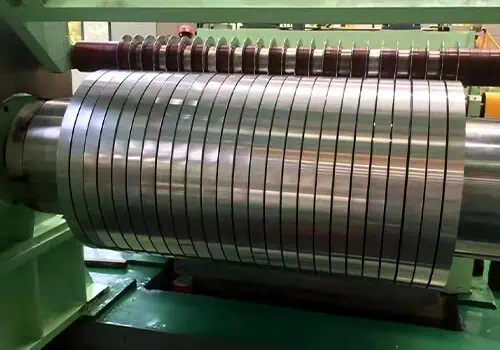Concrete alone can’t handle tension, and this creates risks of cracks and failures. Rebar solves the problem by reinforcing concrete and ensuring long-term safety.
What is rebar used for in construction and beyond? Rebar is primarily used to reinforce concrete, improving tensile strength and preventing cracks. It ensures durability, stability, and safety in construction projects, making it essential in buildings, bridges, and infrastructure.
Now, let’s explore the specific ways rebar supports different industries and why it’s irreplaceable.
What’s the Difference between Steel and Rebar?
Many people think steel and rebar are the same thing, but in reality, they serve very different roles in construction. Knowing the difference makes it easier to choose the right material.
Steel is a broad material category that includes different types of steel used in construction, from stainless steel to carbon steel. Rebar, on the other hand, is a specialized product designed specifically to reinforce concrete.
Rebar often comes in ridged or patterned forms such as deformed bar, which allows better bonding with concrete compared to plain bars. Engineers use reinforcement bar types and sizes depending on the load requirements and structure design. This distinction is critical, because while all rebar is made of steel, not all steel products qualify as rebar.
In fact, rebar is classified under various steel reinforcement types, and the right choice depends on the project. A rebar grade chart is often consulted during rebar design to determine strength levels and suitability.
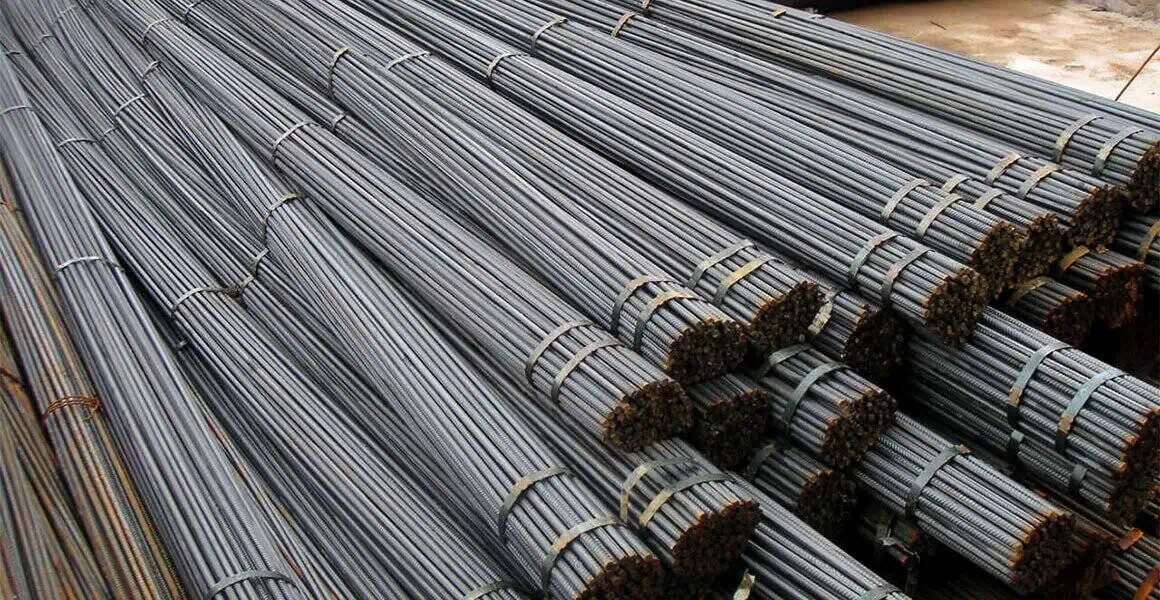
Why Is Rebar Important in Concrete Structures?
Concrete is known for being very strong under compression but weak in tension. That weakness creates a major challenge in construction projects.
Rebar bridges this gap by providing tensile strength, making sure concrete doesn’t crack when under stress. This is why how does rebar strengthen concrete is such a common question in engineering—it prevents catastrophic failures.
When rebar is used in elements such as a rebar in concrete wall, the structural stability improves dramatically. By controlling both compression and tension forces, buildings, bridges, and foundations last much longer. Rebar drawings are created to ensure proper placement, alignment, and compliance with safety standards. Without reinforcement, concrete alone would crumble under dynamic loads.
What Types of Projects Require Rebar the Most?
From residential homes to massive infrastructure, rebar is almost everywhere. Its importance, however, depends on the scale and type of project.
Rebar is absolutely essential in projects like bridges, highways, tunnels, skyscrapers, and dams. These structures demand long-term durability, and without rebar, they wouldn’t withstand environmental stress.
Even smaller projects—such as swimming pools, sidewalks, and driveways—benefit from reinforcement. Builders often ask when to use rebar in concrete, and the answer usually depends on expected load and risk of cracking. For small patios, reinforcement may be optional, but for load-bearing walls and slabs, rebar is non-negotiable.
Engineers also pay attention to minimum rebar spacing, as incorrect placement can lead to stress concentrations and premature cracks. Proper spacing, based on rebar design, ensures maximum strength and durability.
What Is One Disadvantage of Rebar?
Rebar has countless benefits, but it isn’t perfect. The biggest drawback lies in its vulnerability to corrosion.
When rebar is exposed to moisture, oxygen, or chemicals, rust begins to form. Over time, rust expands inside the concrete, leading to cracks, spalling, and even structural collapse.
This is why builders often use coated rebar, such as epoxy-coated or galvanized bars, in marine or humid environments. Stainless steel rebar is another solution, though higher rebar prices make it less common. Choosing the right types of steel bars and protective coatings can drastically reduce maintenance costs and extend lifespan.
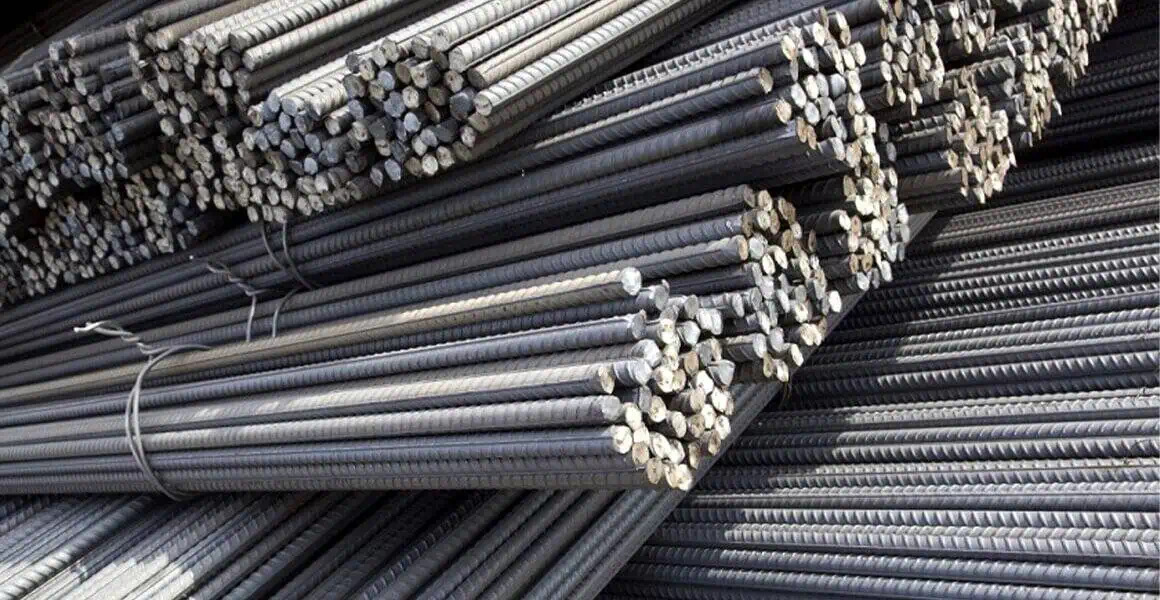
What Is the Lifespan of Rebar?
Durability is one of the most common questions for any material, and rebar is no exception.
In general, rebar can last 50–100 years, depending on installation, material grade, and environmental exposure. For example, rebar in inland buildings lasts longer than rebar in coastal bridges, where saltwater accelerates corrosion.
A properly engineered rebar grade chart helps select the right product for the expected lifespan of a project. In sensitive structures such as tunnels or dams, engineers may choose high-grade or coated rebar for additional protection.
The lifespan also depends on correct installation, including rebarring when old bars need replacement or repair. With quality control and regular inspections, rebar can support a structure throughout its intended life cycle.
Can Rebar be Welded?
Welding rebar is sometimes necessary, but not all rebar can be safely welded.
Only specific weldable grades are suitable. Incorrect welding may alter the microstructure of the steel, weakening it and reducing load-bearing capacity. That’s why most codes and standards specify procedures before welding.
Many projects prefer mechanical couplers instead of welding to maintain strength. If welding is unavoidable, rebar design specifications and national codes must be followed strictly. For example, in critical structures, rebar welding is tested against the important properties of reinforcing steel to ensure compliance.
Can You Bend a Rebar?
Yes, rebar can be bent, and in fact, bending is often necessary on construction sites to create custom reinforcement shapes.
Specialized machines bend rebar precisely into required rebar shapes, such as hooks, spirals, or stirrups. This flexibility allows engineers to optimize reinforcement in beams, columns, and slabs.
Cold bending is the most common technique, but improper bending can cause cracks or micro-damage to the steel. That’s why building codes provide limits on bending radius and stress. Contractors also refer to reinforcement bar types and sizes when planning bends, ensuring compliance with standards and avoiding unnecessary weakness.
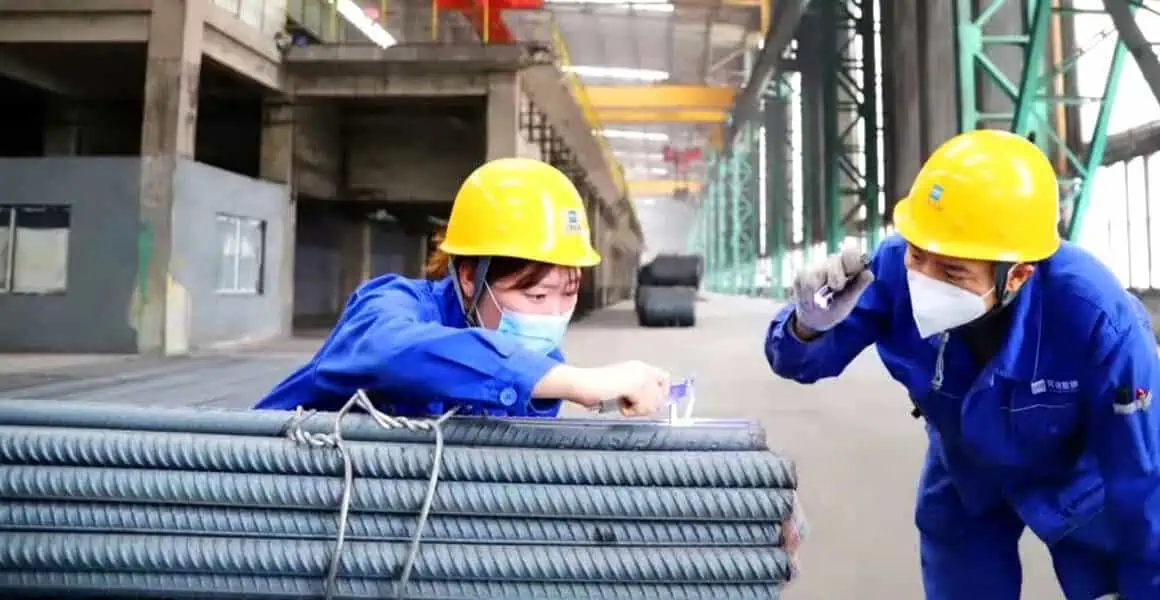
Is Rebar Used Outside the Construction Industry?
While construction dominates rebar use, other industries also rely on it.
In shipbuilding, rebar reinforces concrete sections of dry docks and marine infrastructure. In industrial equipment, rebar strengthens machine foundations where vibration resistance is critical. Energy projects, such as wind farms and hydroelectric dams, also incorporate rebar for durability.
Its recyclability is another reason industries prefer rebar. Recycled steel from old structures is melted down and repurposed into new types of steel reinforcement bar, reducing waste and supporting eco-friendly practices.
What Are the Advantages of Using Rebar?
Rebar is not only about strength—it delivers multiple benefits that align with modern construction demands.
It reduces repair costs by extending structure life, supports sustainable construction through recyclability, and provides design flexibility thanks to various reinforcement bar types and sizes.
Its adaptability in different types of steel used in construction allows engineers to match the right material with specific project requirements. Rebar’s weldability, bendability, and corrosion-resistant options like coated rebar make it a versatile and future-proof choice.
For cost-conscious buyers, keeping an eye on rebar prices ensures the best balance between budget and quality.
How Does Rebar Contribute to Sustainability?
As global construction shifts toward eco-friendly practices, sustainability is becoming just as important as strength.
Rebar contributes significantly because it is 100% recyclable. Old steel bars can be re-melted and reshaped into new reinforcement, reducing waste. This cycle lowers demand for raw iron ore and minimizes carbon footprint.
Public projects in many countries now mandate the use of recycled rebar. Combined with proper rebar design, this ensures not only longer-lasting buildings but also compliance with green building standards.
When choosing between types of steel reinforcement bar, sustainability-focused clients often prioritize recycled or stainless steel grades. This balance of durability and eco-friendliness makes rebar central to modern infrastructure goals.
Summary
Rebar ensures strength, durability, and sustainability across industries. From homes to mega-projects, it remains a cornerstone material for safe, reliable, and green construction.

